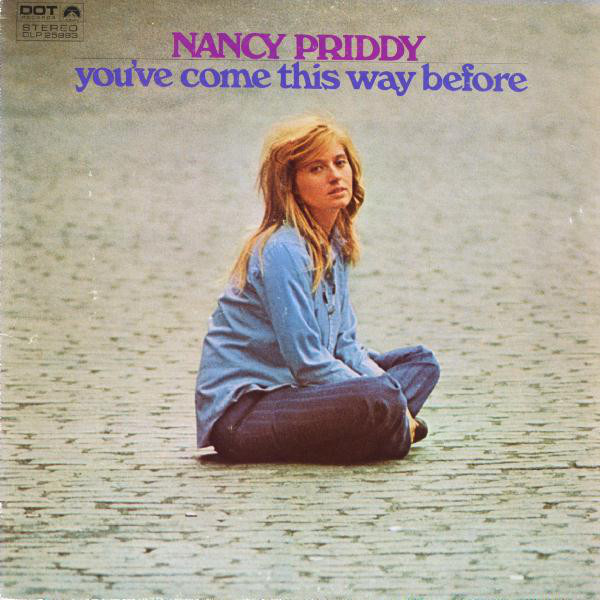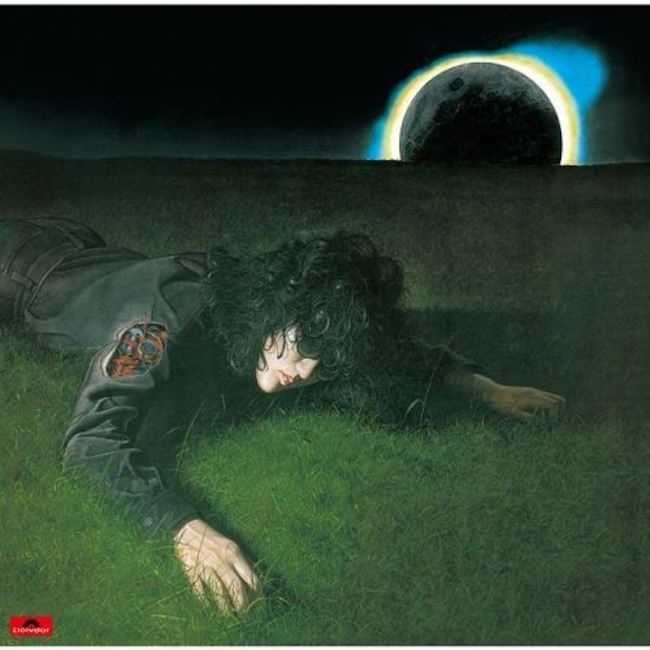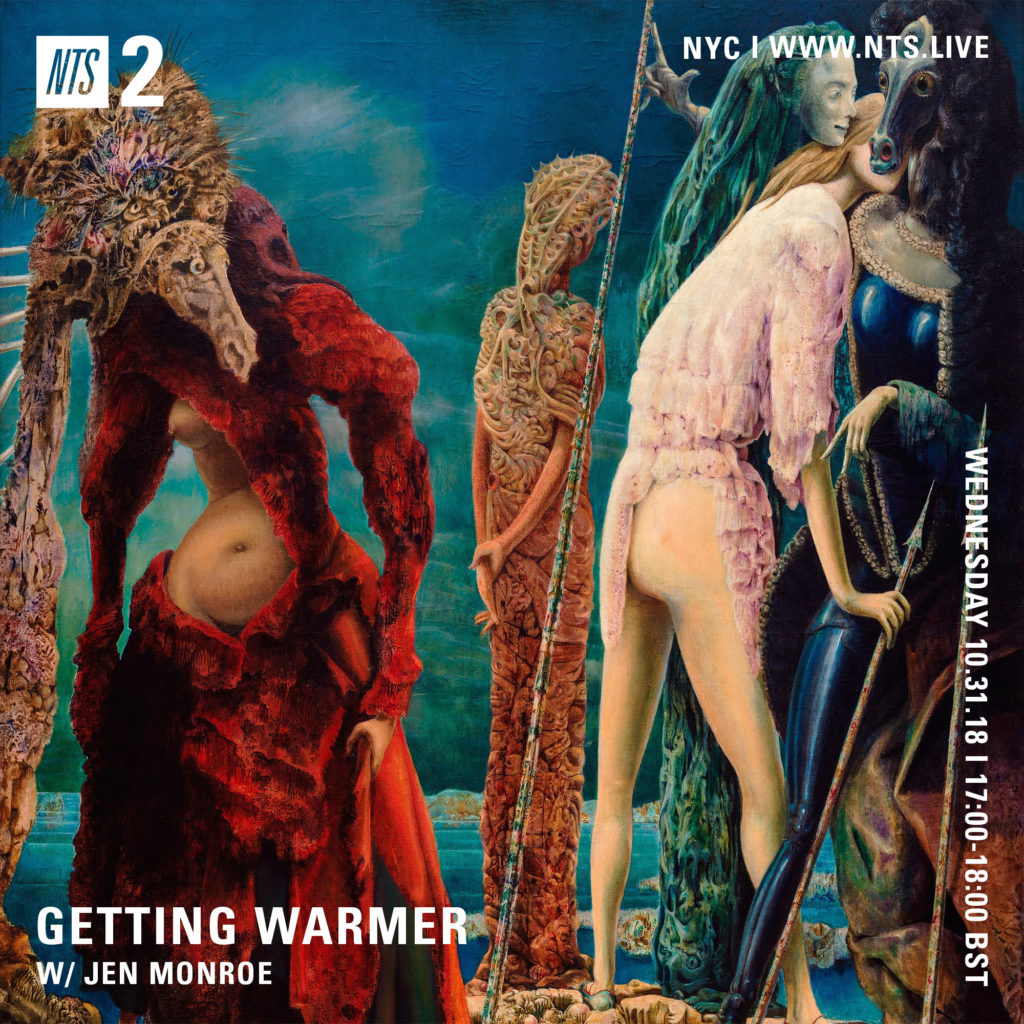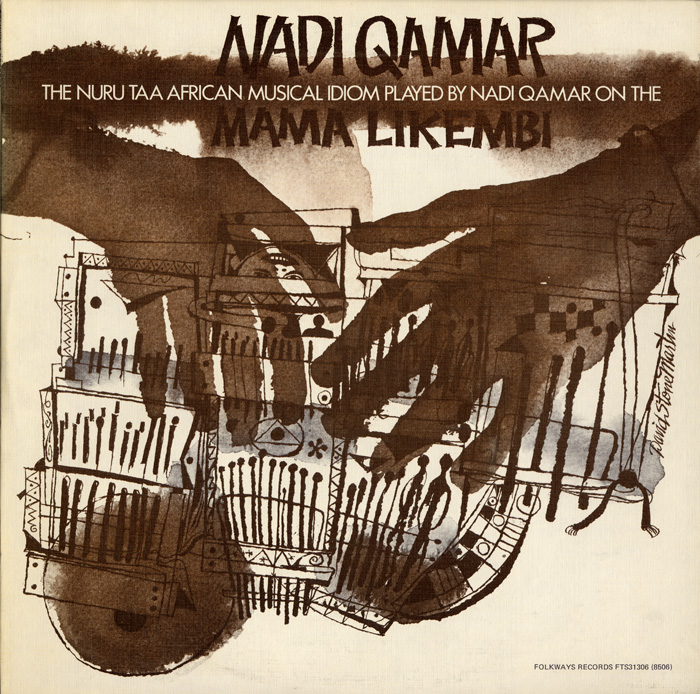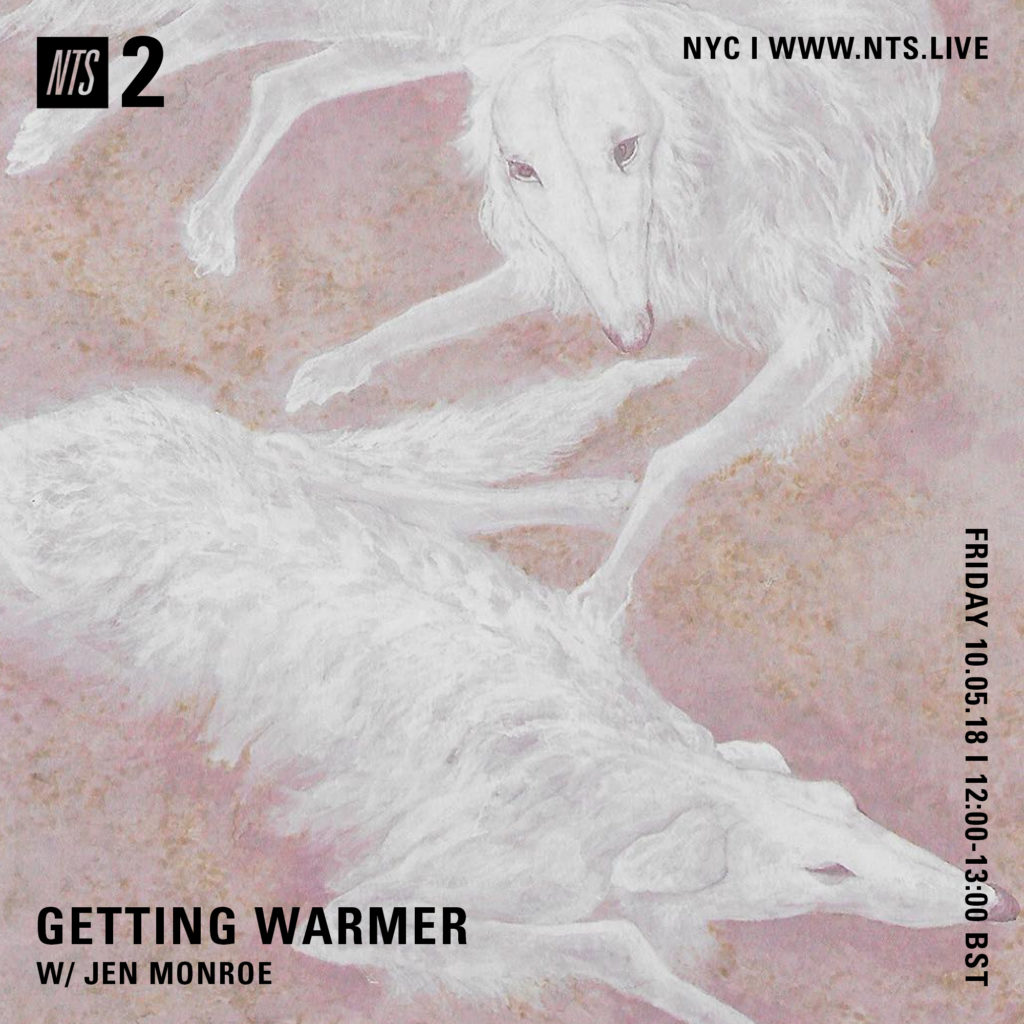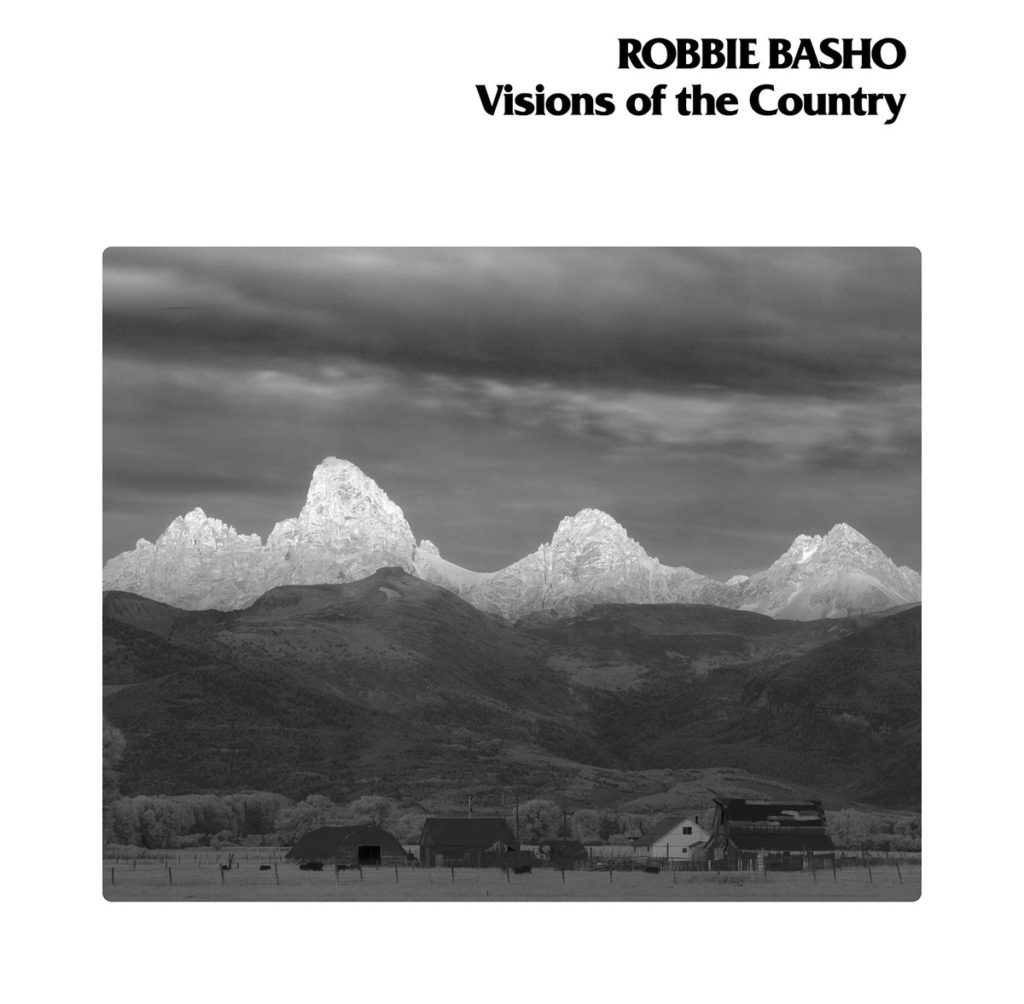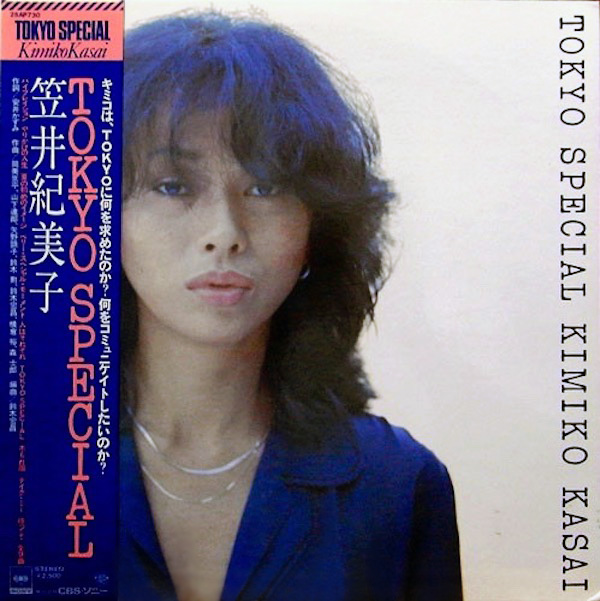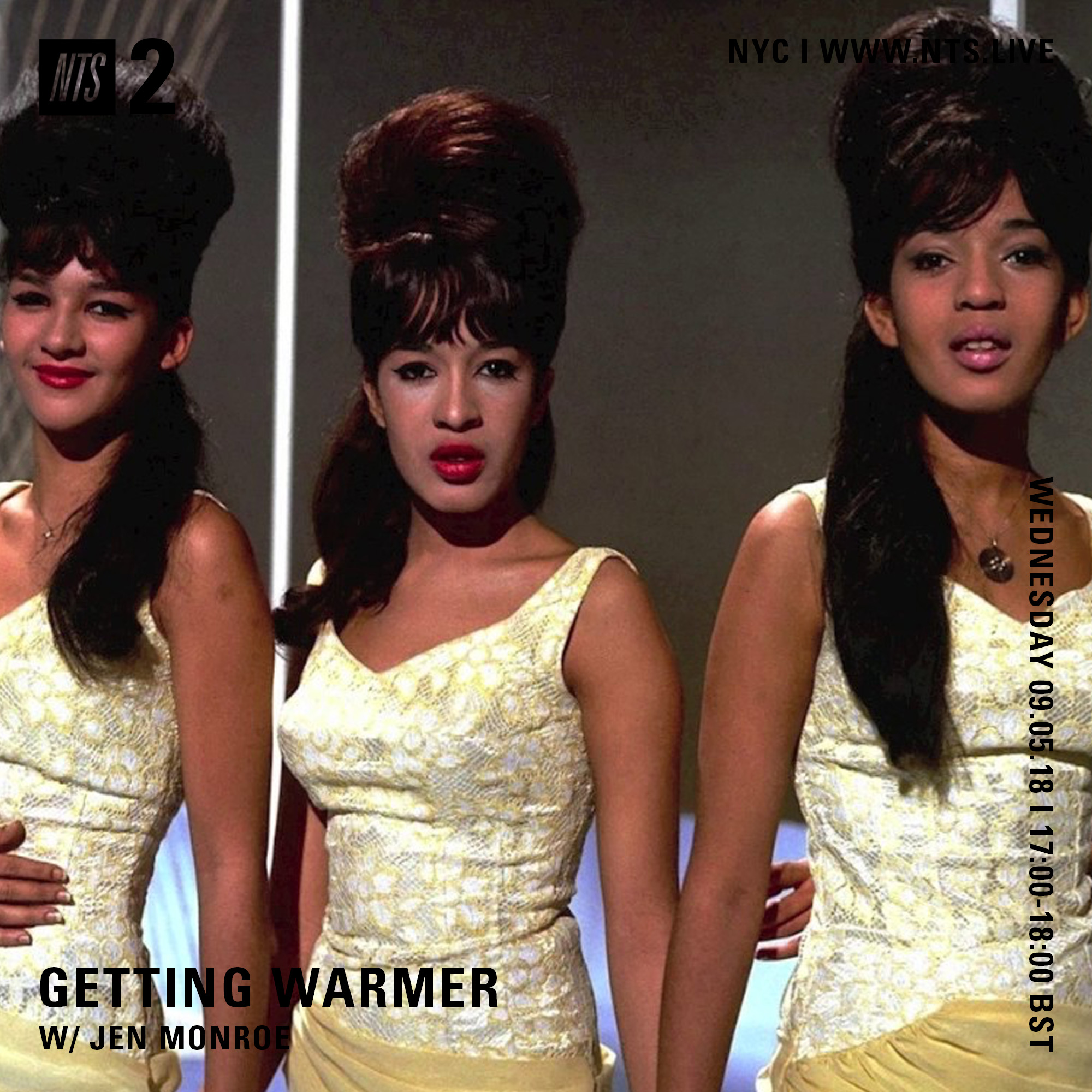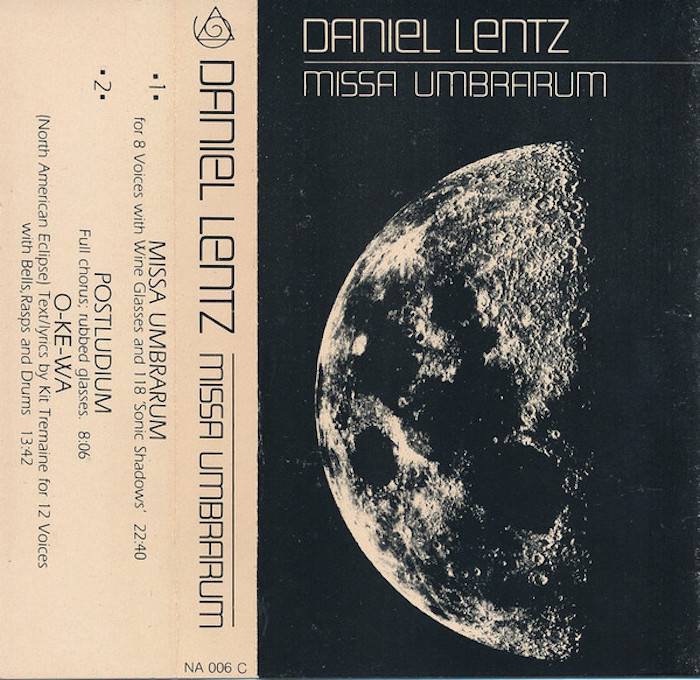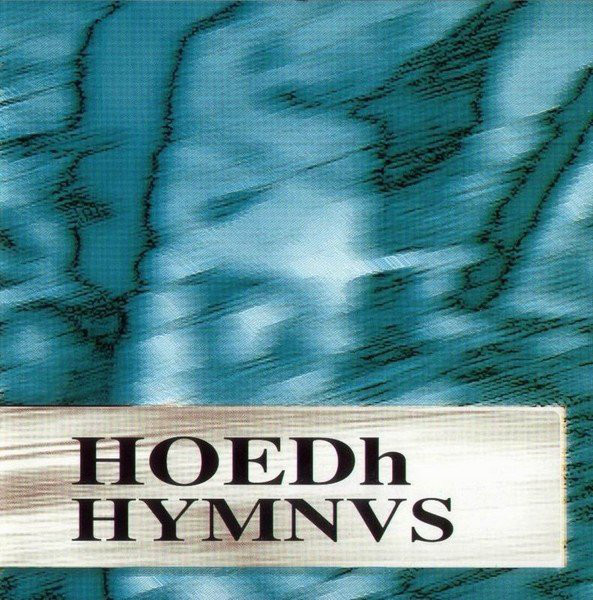
Peak dark ambient. The first of two solo records from German trance and ambient musician Thorn Hoedh, who passed away in 2003. Equally lauded as a holy grail of the genre and bemoaned as an overlooked masterpiece, Hymnvs manages to be both sprawling and claustrophobic; cinematic and lo-fi; inorganic and classical. If you’re not paying attention, these seven long-form tracks (or hymns) might appear like a flat and unchanging expanse of black tones, but a few seconds in headphones proves otherwise–there’s actually a great deal of intricate movement happening beneath the surface, so much so that tracks like “Das Geistige Universum” seem to actually evoke the nausea of being pitched around in a boat in choppy water. Elsewhere, ringing overtones and expansive, bending pitches, as on “Hoedh (Sonnenklang)” are completely sonically disorienting. There is, in short, a lot going on here.
I love the anonymity of the instrumentation–it’s frequently unclear whether we’re listening to an acoustic instrument that’s been modified, or to a synthetic interpretation of an instrument. Still, the sounds are warped around the edges in familiar ways: “Heilige (Mantra Der Rotation)” has the gape of wind instruments in a massive tunnel; other tracks feature synthetic remnants of strings, piano, horns; but always we feel a certain kind of crackling closeness that can’t simply be attributed to lo-fi production (though there is a distinct feeling of of well-worn vinyl). It’s as if the sounds have had tiny shading details painted onto them by very meticulous hands.
It seems as if listeners have consistently ascribed a deep and impenetrable melancholy to Hymnvs, and it’s true that it imparts a feeling of descent, or even of disassociation. But if listening to this record is the sensation of slowly sinking backwards into water while looking up at the receding surface, then inevitably there are beams of light penetrating the surface, sun-dappled and speckled with dust motes, which is to say that Hymnvs is flecked with joy, with optimism, as the best hymns are. For fans of The Caretaker, Gavin Bryars, William Basinski, or, uh, Wagner.
